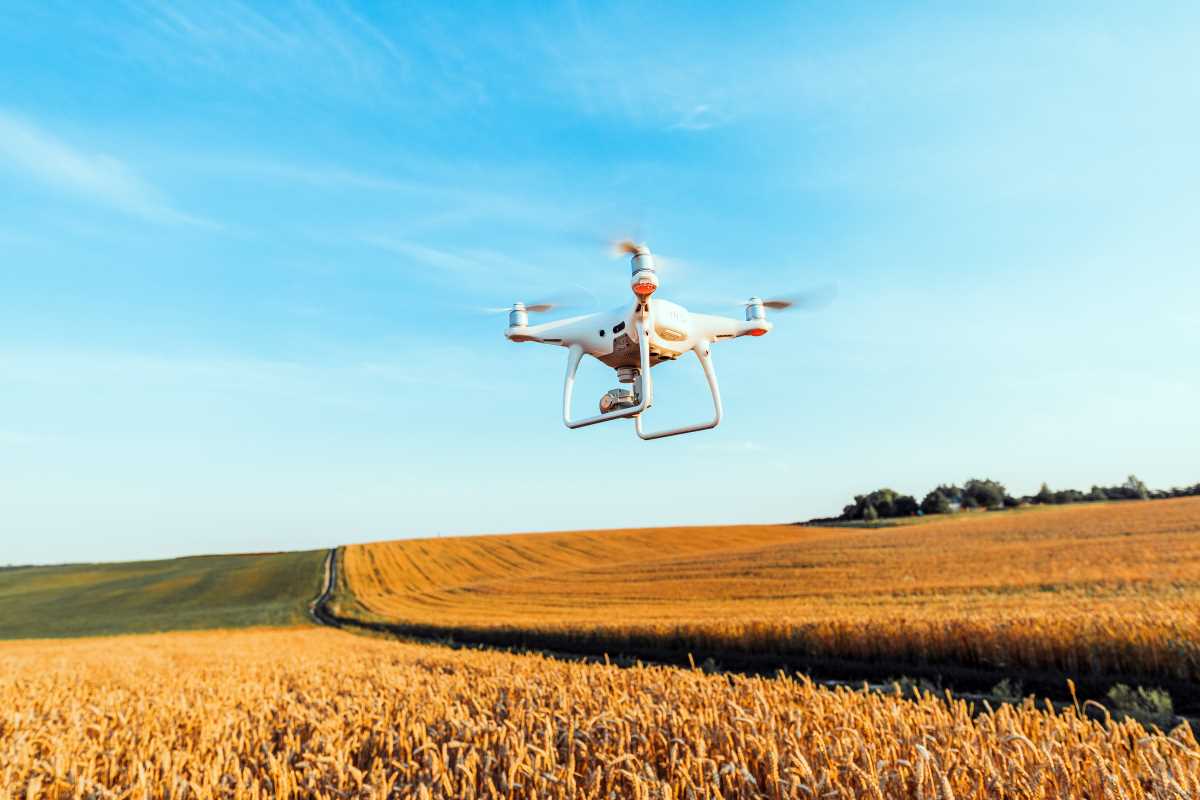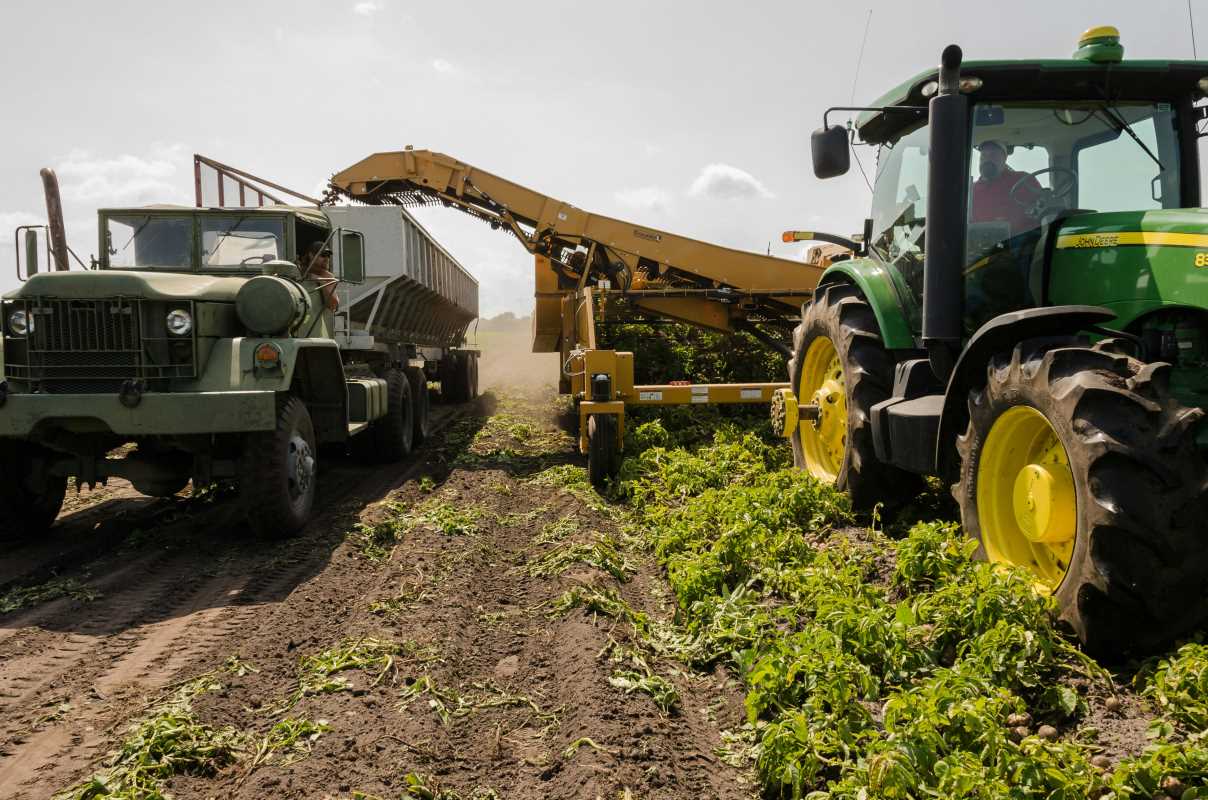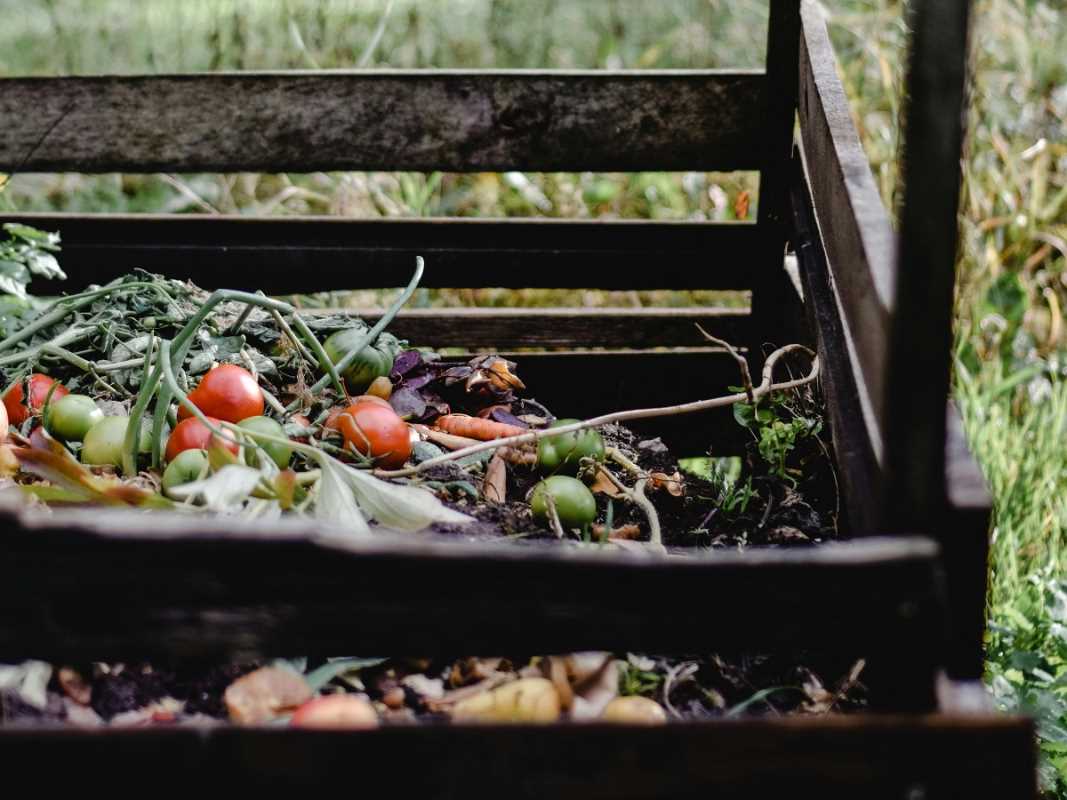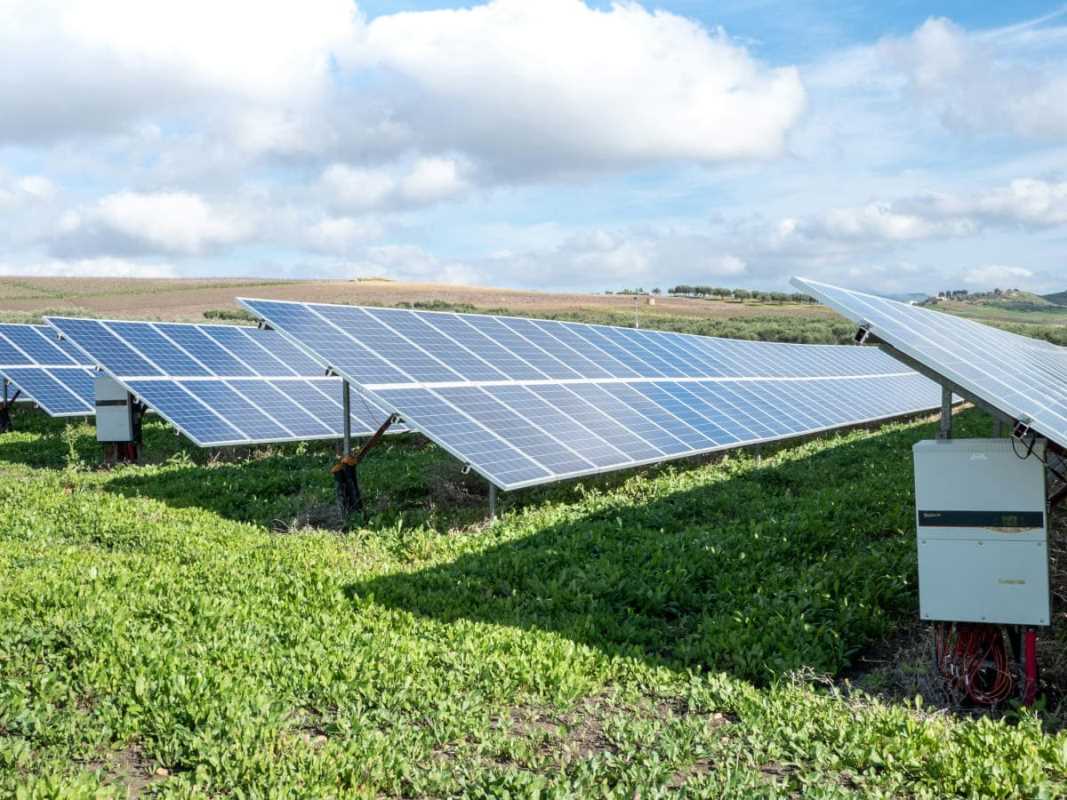Modern precision fertilizer tools make it easier to manage fields and boost crop yields by delivering the exact nutrients each area needs. These tools use technology to guide the targeted application of fertilizer, water, and other resources, ensuring that every section of land receives just the right support. By adopting this approach, farmers and landowners can reduce waste, lower costs, and take better care of the soil. With accurate, data-driven methods, growing healthy crops becomes more practical, and resources like water and fertilizer stretch further. This thoughtful management leads to more productive fields and healthier plants season after season.
Precision fertilizer tools simplify the process of distributing nutrients. They combine data collection and application methods to target specific areas accurately. By reducing waste, these tools create a balance between resource input and environmental care, paving the way for sustainable land management practices.
How to Recognize Precision Fertilizer Tools
Precision fertilizer tools employ advanced sensing and mapping technologies to monitor soil conditions and plant needs. These devices adjust the amounts and timing of fertilizer application based on real-time data. The approach eliminates guesswork, providing an exact match between nutrient supply and crop requirement. This results in better soil fertility, lower input costs, and a smaller environmental footprint.
Modern systems frequently combine satellite images, GPS, and soil sensors to gather data effectively. This information directs machinery to apply fertilizer at different rates. The benefits include water conservation, reduced runoff, and protection of local ecosystems. With accuracy as the core principle, these tools create a dependable method that continually improves fertilizer distribution.
Leading Precision Fertilizer Technologies
A variety of tools has changed traditional fertilizer practices. Technologies such as variable rate applicators, automated spreaders, and guided irrigation systems provide precision when it matters most. These options enable targeted input adjustments that help maintain the land and environment. Farmers now have multiple methods to adapt to varying conditions across their property, ensuring a customized approach for every part of their fields.
New platforms combine software and hardware to create detailed application maps. This trend uses real-time weather data combined with soil nutrient analysis. Tools like *_AgriSmart_* systems and *_FieldSense_* devices are central to this change, although many other innovative options exist in the market that continually improve precision fertilizer methods. These enhancements increase efficiency and offer a clearer plan for nutrient management.
How These Tools Help Save Resources
Smart fertilizer systems help save water and fertilizer by focusing on specific areas that genuinely need input. These tools reduce waste, making it easier to support crop growth without overspending on resources. They measure soil moisture and nutrient levels to adjust application rates accordingly. This way, resource use closely matches in-field needs.
The practical benefits of these systems add up over time. To better understand their impact, consider these points:
- Reduce water waste by applying irrigation only where soil moisture is low.
- Cut fertilizer runoff by applying nutrients precisely where crops can absorb them.
- Lower overall resource costs by minimizing excess input use.
- Promote timely application, leading to healthier plants and better soil structure.
Improving Crop and Pasture Growth
Precise nutrient delivery improves overall plant health and encourages even growth across fields. These methods ensure that crops and pastures receive steady supplies of vital nutrients at appropriate times. Data shows that focusing on this approach boosts both yield quality and quantity. Regular adjustments based on field conditions can lead to tangible benefits like higher yields per acre and improved resilience during adverse weather.
Farmers notice that accurate applications help maintain soil balance and support better root growth. This tailored approach addresses uneven growth by ensuring that crops like celery greens, grains, or mixed pastures develop uniformly. A detailed nutrient schedule based on real-time data reduces stress on plants and soil. Techniques like precision fertilization have redefined productivity expectations and fostered a more sustainable cycle of growth.
Picking and Using Precision Fertilizer Tools
Choosing the right system requires careful planning and field trials. Tools that offer adjustable settings, are easy to operate, and work well with existing machinery make the switch smoother. Looking into locally available products can provide insights into their reliability and performance. Demonstrations and advice from local experts can simplify the decision process.
Proper calibration and training are key to successful use. Setting up a system might include adding extra sensors, integrating software platforms, and performing regular maintenance. A thoughtful rollout produces better efficiency and steady returns on investment. Following these steps ensures smooth adoption of new technology:
- Evaluate your field needs by gathering soil and crop data from different zones.
- Research trusted brands and review feedback from local users familiar with these systems.
- Start with a trial on a small part of your land to calibrate the tool settings.
- Train personnel using clear instructions to operate and care for the new system properly.
- Monitor results and modify application settings as weather and soil conditions change.
A careful, step-by-step approach to new technology builds confidence and supports resource conservation. Gradual implementation and practical testing highlight benefits and address early issues.
Modern precision fertilizer tools take the guesswork out of nutrient management, boosting productivity while reducing waste. By following this approach, you can improve yields and protect the environment.
 (Image via
(Image via





